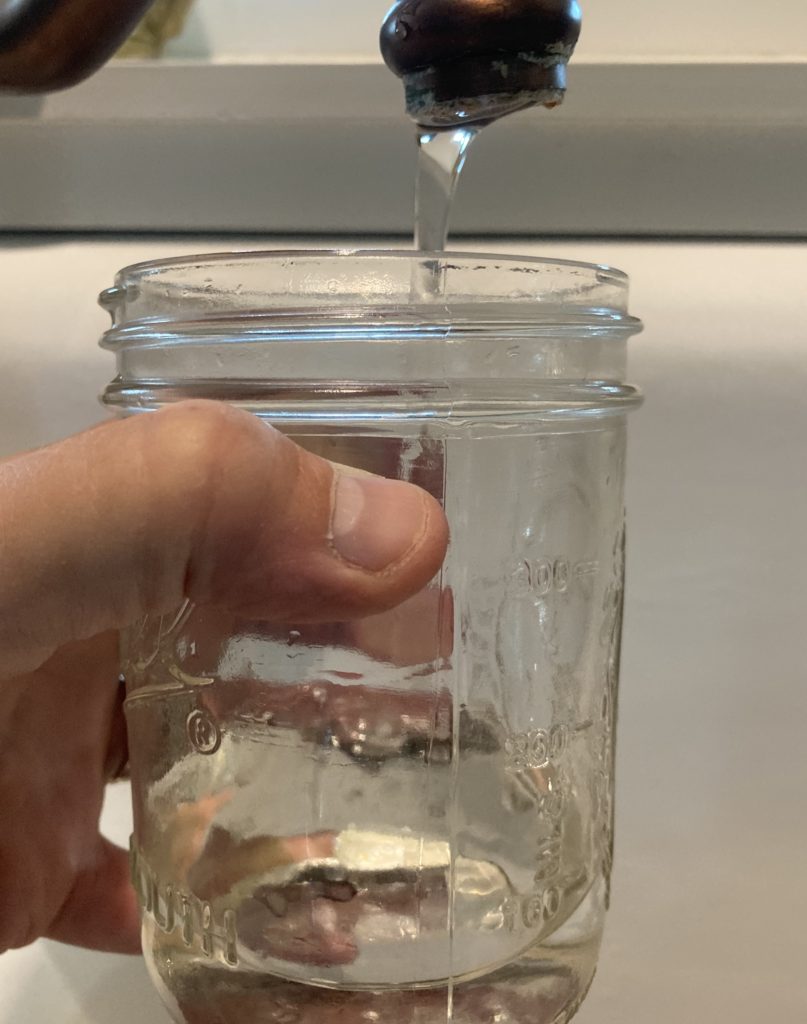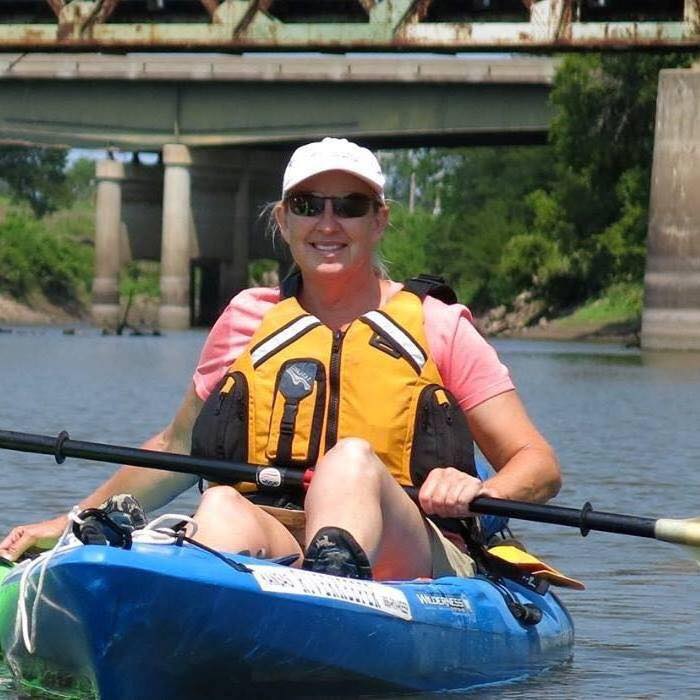
The Kansas River watershed drains 61,000 square miles including the upper half of Kansas, parts of eastern Colorado and central Nebraska. All watersheds carry everything that flows off of the land, including discharges from point sources and wastewater treatment plants. The Kansas River is a source of drinking water for more than 800,000 Kansans, however it isn’t safe to drink directly from the river with first treating the water. We find that treating the Kansas River water is difficult due to the extreme amount of sediment. It can take many hours to filter out the sediment, often longer that you are on the sandbar, before the water can be treated.
For short trips, it is best to just carry the drinking and cooking water that you will need. As you spend time on the river you’ll probably notice that disposable plastic bottles are a blight on the landscape. When you bring water, please consider using a cooler or other bulk container or re-using containers rather than bringing more disposable plastic onto the river.
On longer trips, or if you just want to try living off the land, you can clean the river water for drinking. The Kaw is a prairie river that carries a lot of sediment including sand and silt. Filter-type purifiers meant for mountain streams clog quickly here; if you have to pump the water you’re in for a workout, and even the gravity feed models require extra tending. Use a settling bucket, and a little flocculant, to reduce the amount of sediment that reaches the filter. Be sure to allow for settling time in your water processing plan. A sand-point can help, but ephemeral sandbars are made of layers of fine and coarse sediments. A sand-point driven through a silt layer will provide water just as muddy as the river. Water purification powder works well, as long as it includes a flocculant to remove the sediment; iodine/chlorine treatments alone just sanitize the muddy water.

 Paddle safely! Use the links below to quickly access information that impacts river conditions.
Paddle safely! Use the links below to quickly access information that impacts river conditions.
